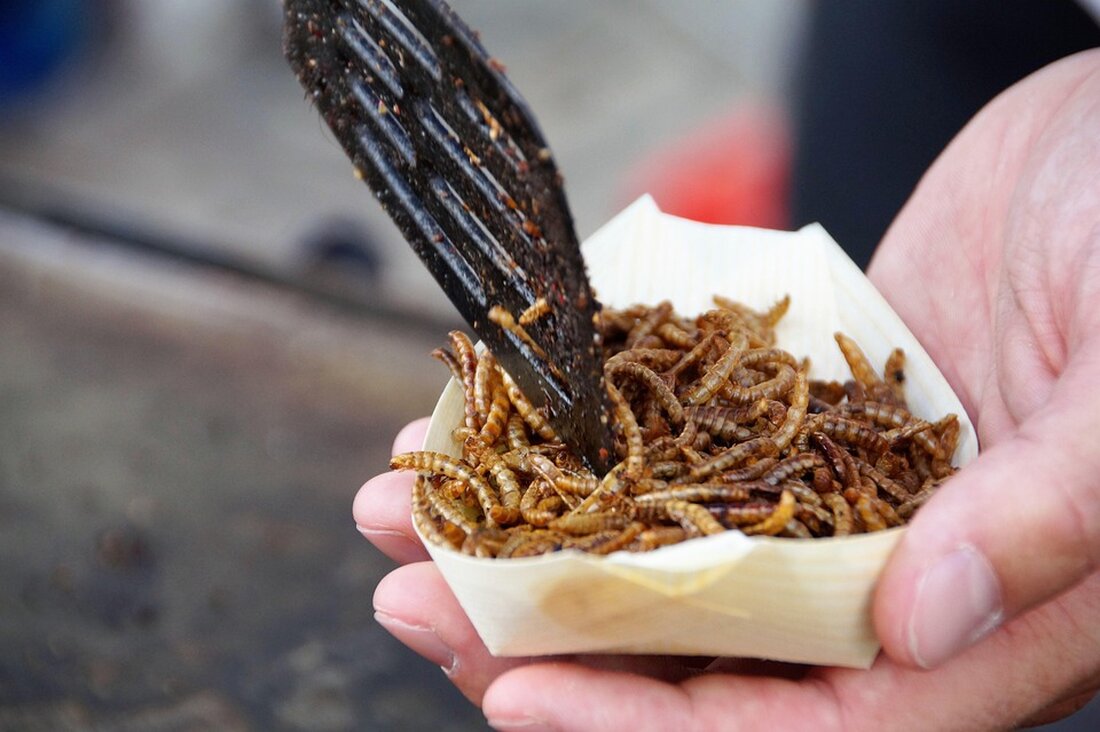Exotic vegetables: How to conjure up new taste experiences in your garden!
Discover exotic vegetables like the Mexican mini cucumber in the NDR garden podcast: Tips for cultivation and care from May 30, 2025!

Exotic vegetables: How to conjure up new taste experiences in your garden!
The warm months are an excellent opportunity to try out new vegetables in your own garden. There are many exciting plants that not only offer aromatic taste experiences, but also promise a rich harvest. The latest episode of the NDR garden podcast “In the Green Area” deals with the cultivation of sensitive vegetable plants according to the Ice Saints. Special recommendations are exotic varieties such as the Mexican mini cucumber, which is becoming increasingly popular. The Mexican mini cucumber (Melothria scabra) originally comes from Central America and has been cultivated there for centuries. This emerging plant belongs to the cucurbit family (Cucurbitaceae) and is closely related to the classic cucumber. Their fruits are crunchy and have a slightly sour taste, they are about the size of grapes and visually resemble small watermelons. According to NDR, the Mexican mini cucumber is ideal for sunny, warm places and can grow up to three meters high.
In addition to the mini cucumber, other interesting vegetables are also presented in the podcast. These include the “Gelbes Birnchen” tomato, which impresses with its bright yellow color and fruity sweetness. These small pear tomatoes can be harvested from July. Another exotic recommendation is the Andean berry, also called Cape gooseberry or physalis, which comes from the Andes in Peru and Chile. Their bright orange fruits are not only tasty, but also rich in vitamin C. Exotic plants like these not only provide new taste experiences, but also enrich the garden with their variety of colors and shapes.
Optimal growing conditions
The Mexican mini cucumber thrives particularly well in well-drained, humus-rich soil and prefers sunny to partially shaded locations. Raised beds or protected corners in the garden are ideal for this. Before planting, the soil should be well enriched with compost or rotted manure. Sowing can be done indoors from April onwards, with the seeds being sown in small pots. A temperature between 20 and 25 degrees Celsius is ideal. After the Ice Saints, the young plant can be placed outdoors or in the greenhouse. Direct sowing outdoors is also possible from mid-May.
A crucial point in the care of the Mexican mini cucumber is the use of stable climbing aids. These are necessary because the plant is a climbing plant and can grow up to three meters high. Regular watering is essential to avoid waterlogging. Layers of mulch can help retain moisture in the soil and reduce weed growth. When fertilizing, it is recommended to use nettle manure or organic vegetable fertilizer to promote growth and fruit formation.
Harvest and use
The first fruits of the Mexican mini cucumber can be harvested just 60 to 70 days after sowing. These small, olive-sized fruits are delicious fresh, as a snack or in salads and are also ideal for pickling in vinegar or salt water. They can also be used as a garnish for cocktails or in salsa and chutneys.
The Mexican mini cucumber has proven to be an easy-care, robust plant that is hardly susceptible to pests and is becoming increasingly popular in organic gardens. Not only is it high-yielding, but it also scores points with its space-saving growth habit. This makes it an attractive choice for every hobby gardener who wants to try out new varieties and at the same time sharpen their eye for something special.
For more information about growing cucumbers, tomatoes, physalis and Asian lettuce, further tips are available in the ARD audio library. Questions can be directed to garten@ndr.de. Those interested can also find out more about the Mexican mini cucumber and its specific cultivation requirements bio-hobbygarten.de.

 Suche
Suche
 Mein Konto
Mein Konto